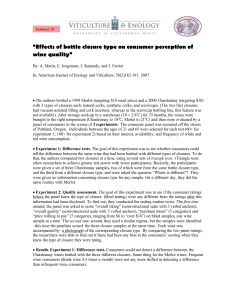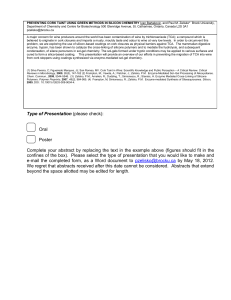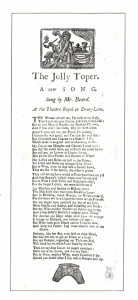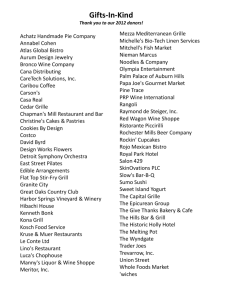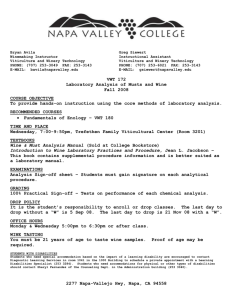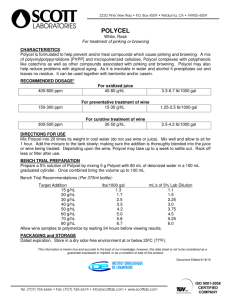Case Study on the Introduction of the Screwcap to the Australian
advertisement
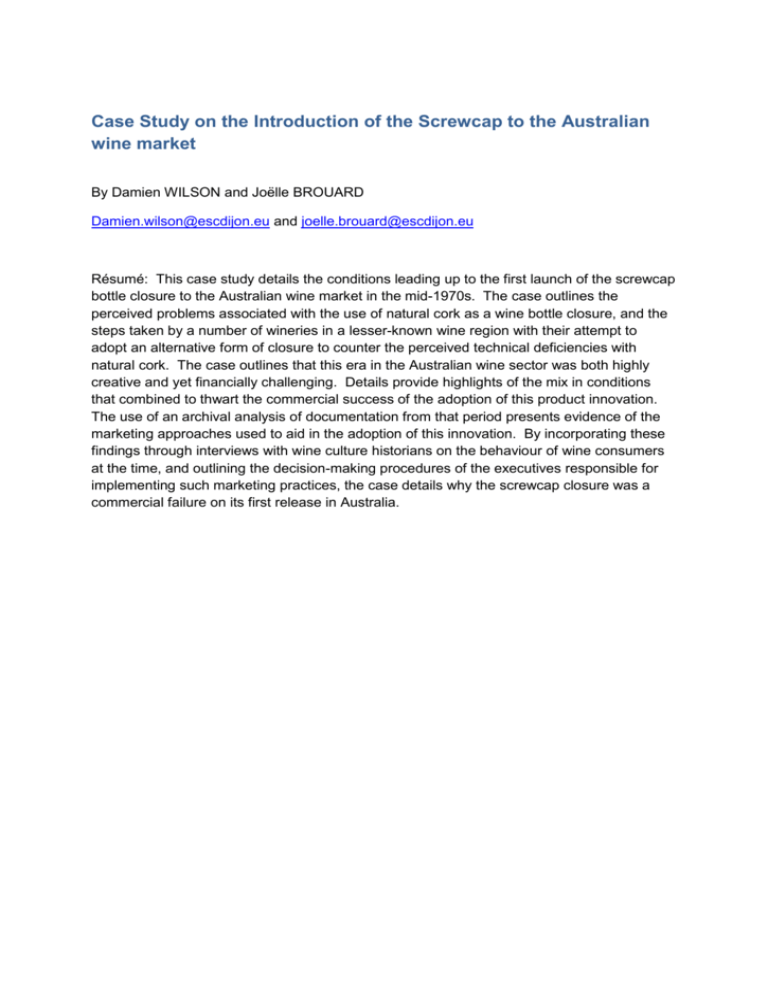
Case Study on the Introduction of the Screwcap to the Australian wine market By Damien WILSON and Joëlle BROUARD Damien.wilson@escdijon.eu and joelle.brouard@escdijon.eu Résumé: This case study details the conditions leading up to the first launch of the screwcap bottle closure to the Australian wine market in the mid-1970s. The case outlines the perceived problems associated with the use of natural cork as a wine bottle closure, and the steps taken by a number of wineries in a lesser-known wine region with their attempt to adopt an alternative form of closure to counter the perceived technical deficiencies with natural cork. The case outlines that this era in the Australian wine sector was both highly creative and yet financially challenging. Details provide highlights of the mix in conditions that combined to thwart the commercial success of the adoption of this product innovation. The use of an archival analysis of documentation from that period presents evidence of the marketing approaches used to aid in the adoption of this innovation. By incorporating these findings through interviews with wine culture historians on the behaviour of wine consumers at the time, and outlining the decision-making procedures of the executives responsible for implementing such marketing practices, the case details why the screwcap closure was a commercial failure on its first release in Australia.

